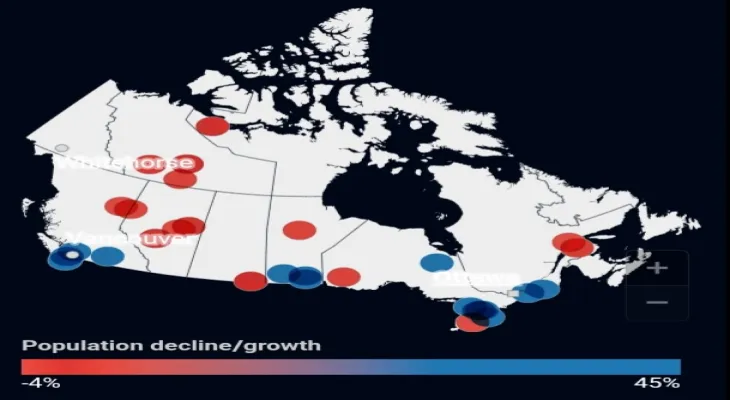Search here
Newspaper
Search here

Arab Canada News
News

Published: September 23, 2022
In major Canadian cities, people are failing to find and keep affordable housing, as new data from Statistics Canada shows that more Canadians are renting their homes with declining homeownership rates. Census data from 2011 to 2021 shows that the number of renter households increased by 21.5 percent, more than double the increase in homeowner households of 8.4 percent, with the largest share of renters now being Millennials (aged 25 to 40), who make up nearly 33 percent of the market.
Historically, as the population increased in Canada's largest urban centers, the housing supply could not keep up, leading to rising property prices and rents. Since Canadians' incomes cannot compete with rising housing and rental costs, many are moving towards smaller cities with fewer housing options.
Another report issued earlier this year by Statistics Canada provides a glimpse into communities that may attract people who find it increasingly difficult to live in large cities.
According to data released in February, many of the fastest-growing Canadian municipalities were near large urban areas.
Also topping that list was East Gwillimbury, Ontario, a small town in the Greater Toronto Area where the population grew by 44.4 percent between 2016 and 2021. The second on the list was The Blue Mountains, another rural town located on Georgian Bay along Lake Huron, which grew by 33.7 percent and is not near a Census Metropolitan Area (CMA).
In British Columbia, Langford on Vancouver Island near the city of Victoria saw a significant population increase of 31.8 percent. Among the top ten, the Southern Gulf Islands, a group of islands off Vancouver Island, grew by 28.9 percent.
The Saint-Apollinaire area in Quebec recorded a 30.4 percent increase. Three cities in Manitoba, including Niverville outside Winnipeg, grew by 29 percent from 2016 to 2021. The cities of West St. Paul and Neepawa also grew by 24.5 percent and 23.3 percent respectively.
In the same context, StatCan noted that cheaper housing, changing work-from-home patterns due to the COVID-19 pandemic, and the desire to be closer to nature were among the factors driving population growth in these communities, even as large city populations continue to grow.
Comments